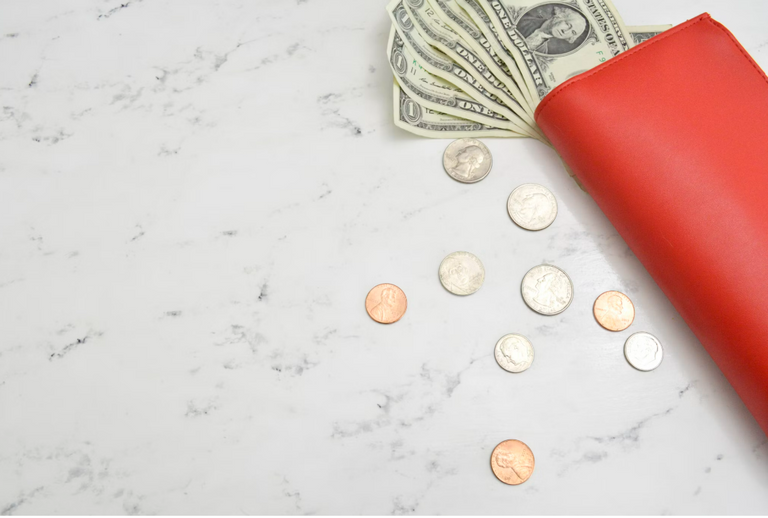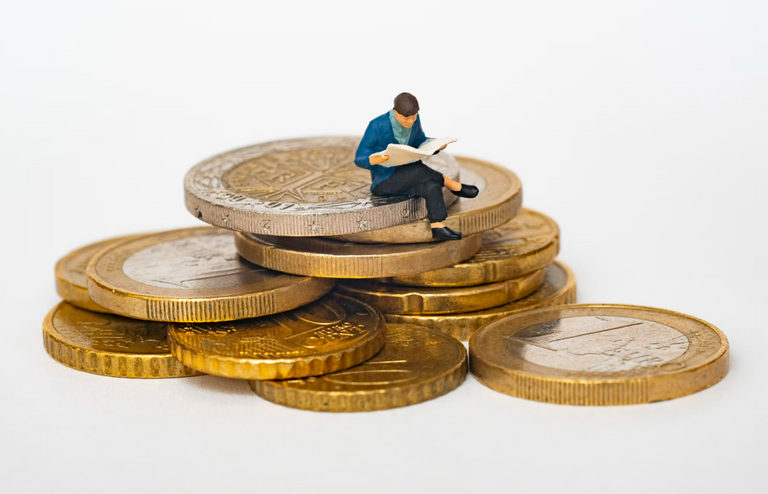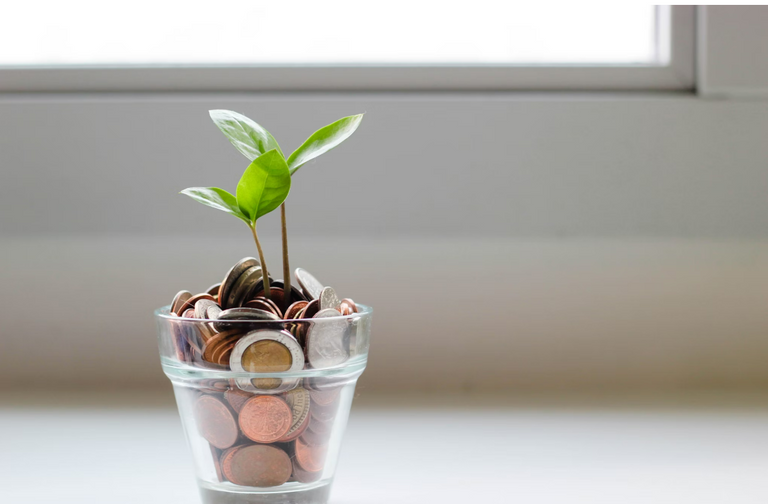Do you ever wonder where all your money goes at the end of the month? Many people unknowingly spend hundreds of dollars on small, everyday luxuries like coffee, restaurants, and impulse shopping. While these might seem like minor expenses, they add up quickly and can significantly impact your savings.
If you’re serious about saving money, here’s how you can cut back on unnecessary spending while still enjoying life!
1. Stop Wasting Money on Expensive Coffee ☕
A daily $5 latte may not seem like a big deal, but over time, it costs:
- $35 per week
- $150 per month
- $1,800 per year
How to Save on Coffee
✅ Make coffee at home – Invest in a good coffee maker and quality beans.
✅ Use a travel mug – Take homemade coffee with you to work or on the go.
✅ Opt for free office coffee – Many workplaces offer free coffee; take advantage of it!
✅ Choose affordable options – Instead of fancy lattes, get an Americano or drip coffee.
💡 Savings: Making coffee at home can save you $100+ per month!
2. Cut Back on Eating Out & Restaurant Spending 🍽
Eating at restaurants frequently is one of the biggest money drains. A single meal can cost anywhere from $15 to $50 per person, especially when adding drinks, appetizers, and tips.
How to Save on Dining
✅ Cook at home – A home-cooked meal costs a fraction of a restaurant meal.
✅ Meal prep in advance – Prepare meals for the week to avoid last-minute takeout.
✅ Limit restaurant visits – Make dining out an occasional treat, not a habit.
✅ Choose budget-friendly restaurants – Skip expensive spots and go for casual, affordable places.
✅ Split meals – Share meals with friends or family to cut costs.
✅ Skip the drinks & desserts – Order water instead of costly sodas, cocktails, or desserts.
💡 Savings: Reducing restaurant spending can save you $200–$500 per month!
3. Reduce Impulse Shopping & Luxury Purchases 🛍
Many people waste money on things they don’t need, from trendy clothes to unnecessary gadgets.
How to Stop Impulse Spending
✅ Use the 30-day rule – If you want something, wait 30 days before buying. You’ll often realize you don’t need it.
✅ Make a shopping list – Stick to your list and avoid unnecessary purchases.
✅ Avoid sales traps – Just because something is "on sale" doesn’t mean you need it.
✅ Unsubscribe from shopping emails – Remove temptation by stopping marketing emails.
✅ Use cash, not cards – Physically seeing cash leave your wallet makes you think twice.
💡 Savings: Cutting impulse shopping can save you $100–$300 per month!
4. Cancel Unused Subscriptions & Memberships 📺💳
Many people pay for subscriptions they rarely use, such as:
- Gym memberships
- Streaming services (Netflix, Hulu, Disney+)
- Magazine subscriptions
- Mobile app subscriptions
How to Save on Subscriptions
✅ Audit your subscriptions – Check what you're paying for and cancel what you don’t use.
✅ Use free alternatives – Instead of paid music apps, use free Spotify or YouTube.
✅ Share accounts – Split the cost of streaming services with family or friends.
✅ Workout at home – Instead of an expensive gym membership, use YouTube workout videos or run outside.
💡 Savings: Cutting unnecessary subscriptions can save $50–$150 per month!
5. Use Public Transport or Carpool 🚗🚋
Owning a car is expensive when you consider fuel, maintenance, insurance, and parking. If you frequently Uber or Lyft, those costs add up even faster!
How to Save on Transportation
✅ Take public transport – Buses, trains, and subways are much cheaper than driving.
✅ Carpool with friends/coworkers – Share rides and split gas costs.
✅ Walk or bike – It’s free and good for your health!
✅ Use gas reward programs – If you must drive, find ways to get discounts on fuel.
💡 Savings: Cutting transportation costs can save $100–$300 per month!
6. Stop Wasting Money on Bottled Water & Soft Drinks 🥤
Buying bottled water and soda regularly can drain your wallet without you realizing it.
How to Save on Drinks
✅ Use a reusable water bottle – Fill it up for free instead of buying bottled water.
✅ Drink more water – It’s free, healthier, and better than soda or energy drinks.
✅ Buy in bulk – If you must buy soda, get larger packs instead of individual bottles.
💡 Savings: Switching to free water can save $50–$100 per month!
7. Be Smart with Groceries 🛒
Grocery shopping is necessary, but many people overspend by buying unnecessary or expensive items.
How to Save on Groceries
✅ Plan meals & make a list – Stick to it and avoid impulse buys.
✅ Buy in bulk – It’s cheaper in the long run.
✅ Use coupons & discounts – Take advantage of deals at your supermarket.
✅ Shop generic brands – They’re often just as good as name brands but much cheaper.
✅ Avoid pre-packaged food – Buying fresh ingredients and cooking at home saves more.
💡 Savings: Smart grocery shopping can save $100–$250 per month!
8. Lower Your Utility Bills 💡📉
Your water, electricity, and internet bills might be higher than they need to be.
How to Reduce Utility Costs
✅ Turn off lights & electronics – When not in use, unplug them!
✅ Use energy-efficient bulbs – They last longer and reduce your electricity bill.
✅ Limit air conditioning & heating use – Layer up in winter and use fans in summer instead.
✅ Compare internet & phone plans – Find a cheaper provider or negotiate a lower rate.
💡 Savings: Cutting down on utility costs can save $50–$200 per month!
Final Thoughts: How Much Can You Save?
By making small daily changes, you can save hundreds of dollars per month and thousands per year. Here’s how the savings add up:
| Expense | Potential Savings Per Month |
|---|---|
| Coffee | $100+ |
| Restaurants | $200–$500 |
| Impulse Shopping | $100–$300 |
| Subscriptions | $50–$150 |
| Transportation | $100–$300 |
| Drinks (water/soda) | $50–$100 |
| Groceries | $100–$250 |
| Utilities | $50–$200 |
| Total Savings | $750–$2,000+ per month! |



